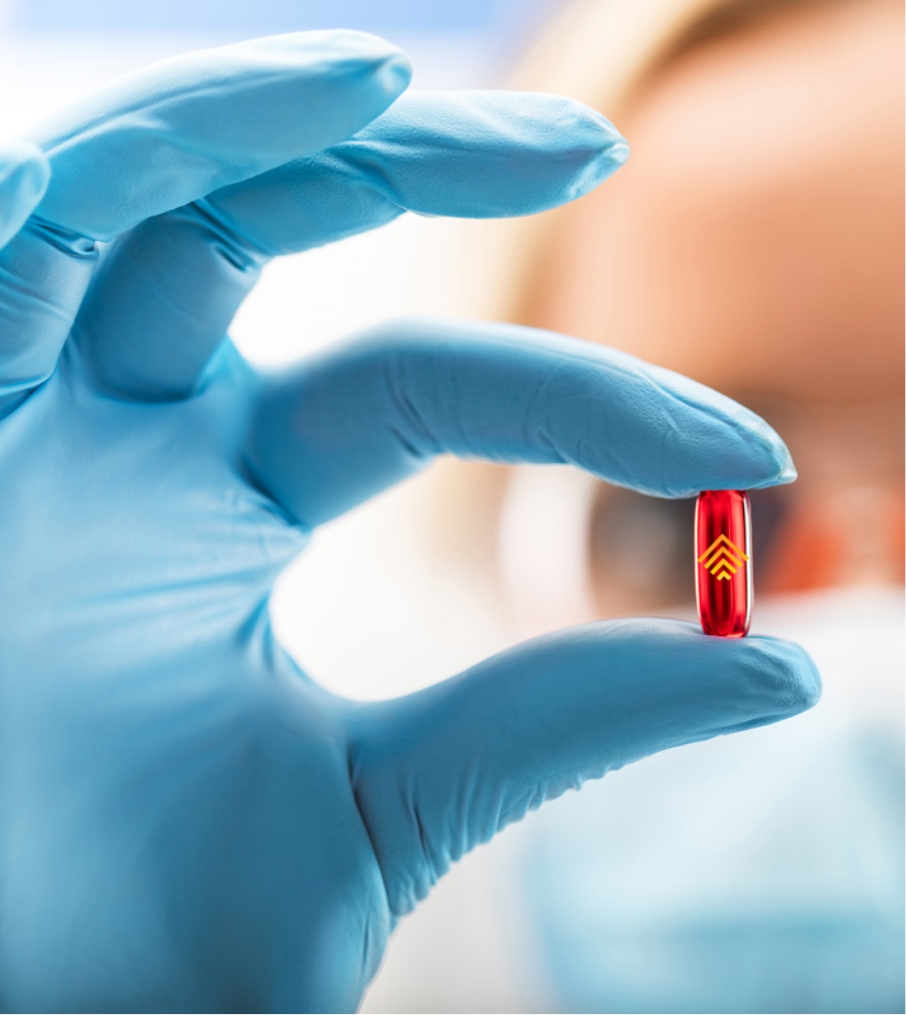With the issuance of draft ICH Quality Guideline ICH Q14 on Analytical Procedure Development (here) and revision of ICH Q2(R2) Guideline on Validation of Analytical Procedures (here), along with the issuance of USP <1220> Analytical Procedure Lifecycle, perhaps it may be time to revisit USP <1058> Analytical Instrument Qualification (AIQ).
USP <1058> is a critical chapter providing key guidance on the approach to qualification of instrumentation where the level of qualification is risk‑based with consideration of the complexity of the instrumentation and the criticality of the data being derived from the instrument. The chapter recognizes that AIQ is the base of the data quality triangle, and it is suggested that USP <1058> needs to recognize that the results of the AIQ can have a fundamental impact on the method’s Analytical Target Profile (ATP). As such, it is recommended that USP <1058>, when referencing the instrument’s User Requirements (URS), recognizes/considers the associated method’s ATP. For example, when defining AIQ criteria, there needs to be recognition of the most stringent method’s acceptable bias/precision (that will be executed on that instrument) so that the instrument’s URS will be set appropriately. Ideally, the error associated with the instrument’s performance is a percentage of the total allowed error for the method with the most stringent total acceptable bias/precision requirements. In that regard, as part of the analytical method lifecycle control and establishment of the ATP, there should be an assessment of the acceptability of the associated instrument’s URS.
If you have any questions relating to the alignment of instrument qualification requirements to a method’s analytical target profile, Lachman Consultants can help you! Please contact Paul Mason, PhD, at P.Mason@LachmanConsultants.com.




